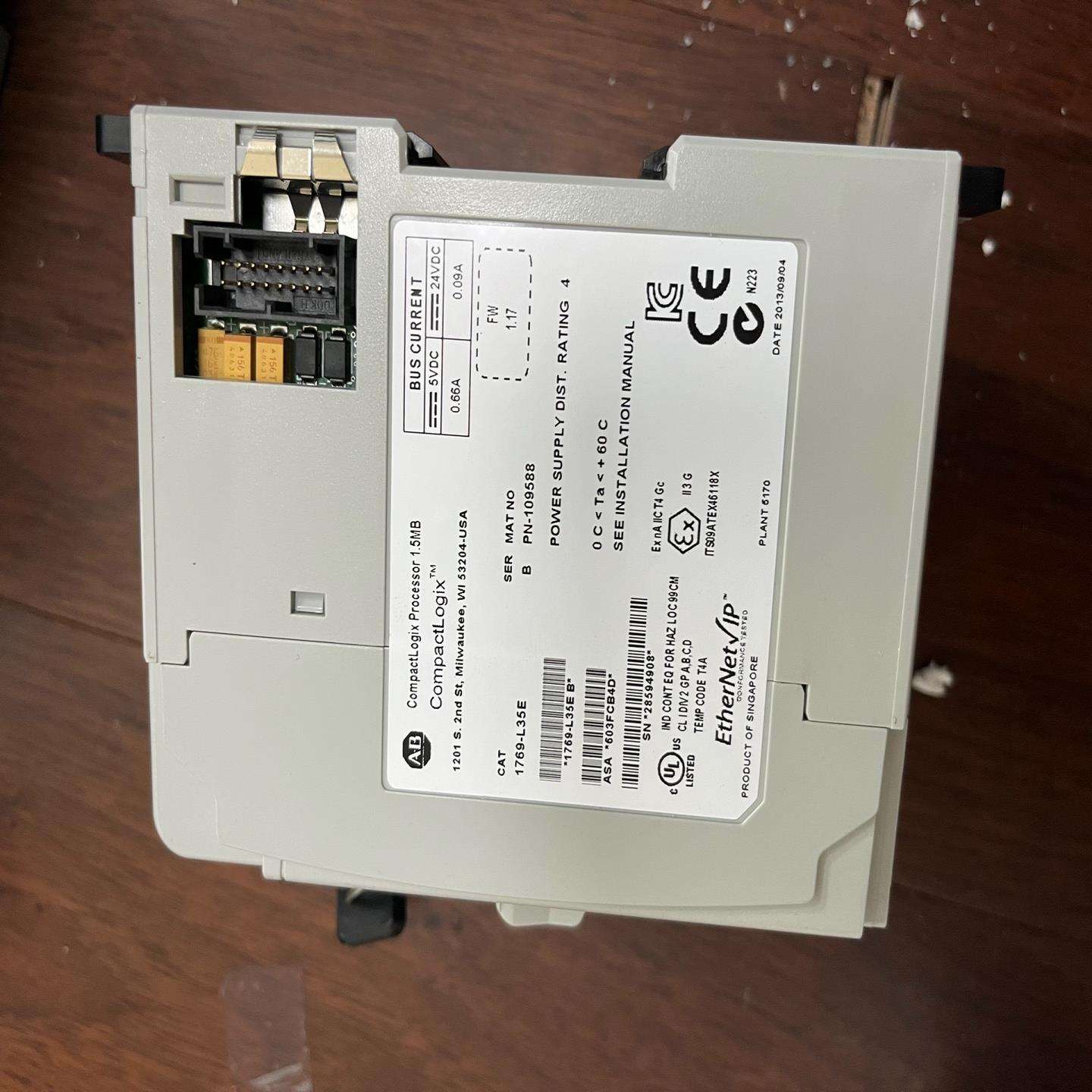作者:吳秀榮,廣州金鵬律師事務所律師。本文由作者授權約法編輯發布,歡迎分享到朋友圈。如須轉載,請與我們聯系并獲得作者本人的許可,任何未獲得約法及作者授權的轉載均為侵權。聯系方式:yuefatg@163.com。
知識產權這個短語每天都在我們身邊縈繞: 審查專利申請的,有知識產權局;審理商標、專利訴訟的,有知識產權法院。對知識產權專業人員來講,知識產權就像穿衣、吃飯一樣熟悉。
然而,行業內人士時常會感覺到“知識產權”這個概念不能準確反映這一概念的本質和外延(如在臺灣,正式的官方語言是“智慧財產權”,并非知識產權;有些權利,如地理標志, 似乎和“知識”并無直接關系)。學術界對知識產權概念也進行著長達數十年的爭論,如已故知識產權大師鄭成思先生在1996年就連續發表了兩篇文章《論知識產權的概念》[1]和《再論知識產權的概念》[2]。
吳漢東教授則把知識產權的客體概括為“知識產品”[3]。
張偉等主張知識產權的本質為“知識信息”[4],進而把知識產權定義為 “知識產權是權利人直接支配創造性智力成果、工商業標記以及法律規定的其他知識信息并享受其利益的排它性權利。[5]”
王晨燕副教授認為“把‘intellectual property’翻譯為‘ 知識產權’并不符合 ‘intellectual property’英文含義。[6]”并進一步認為“自然人、法人或其他社會組織在一定時間和一定地域范圍內對其創造性智力成果和工商業標記依法享有的民事權利。[7]”
熊文聰認為 “作為一項民事權利,知識產權相較于物權、人格權等對世權,其特征就在于權利對象之不同,即其是基于智力創造成果(信息、知識、符號)依法享有的專有權利。[8]”
由這些爭論可知,知識產權的這一概念雖然被大范圍使用,但還遠未能為多數人所接受, 主要的分歧集中在一些標識性的權利,如商標、地理標志、包裝裝潢、字號和“知識”本身關系不大,是否應囊括在“知識產權”這一概念之下。
知識產權這一概念進入我國已數十年,按常理講,經過大量的實踐和理論研究,應該會有一個為大多數人所接受的定義產生。
為什么現有的定義很難為學者普遍接受呢?
問題出在何處?
英漢翻譯出現了語義丟失!
也就是說,將 “Intellectual Property”翻譯成“知識產權”是不準確的。
理論界基本認為漢語“知識產權”翻譯自英文“Intellectual Property”。
為了論述前述翻譯失誤,我們有必要研究“Intellectual Property”起源地——歐洲、美國對這一概念的理解。
“Intellectual Property”是什么意思?
英英詞典主要解釋有
“someone's idea, invention, creation, etc., that can be protected by law from being copied by someone else[9]”或“property that results from original creative thought, as patents,copyright material, and trademarks.[10]”
從這些英文解釋看,英語國家普通的英語詞典并不認為“intellectual property”和“知識”(knowledge)直接相關。再進一步研究組成這個詞語的兩個英語單詞 “intellectual”和 “property”,短語“intellectual property”的準確含義便浮出了水面。 “intellectual”是形容詞,產生于14世紀晚期。
其詞源意思為
"grasped by the understanding" (rather than by the senses), fromOld French intellectuel and directly from Latin intellectualis "relating to theunderstanding," from intellectus "discernment, understanding," from pastparticiple stem of intelligere "to understand, discern[11]"
這兩個單詞與understanding、discernment相關。由此可知,“intellectual”是與“感覺”(senses,即酸、甜、苦、辣、咸、痛等)相對應的一種人類感知世界的一種手段,即理解(understanding)、辨別discernment。另查,《英漢法律詞典》將“intellectual”翻譯為“知識分子;智力的,理智的,用腦筋的,需智力的”[12]。英語單詞一個顯著特點是一詞多意,在不同語境,相同單詞含義不同。如在“I have a dream.”一句中,“have”為擁有之意,然而,同樣的單詞”have” 在“I have not done it.”中卻為助動詞,無含義。
從上述詞典可知,“intellectual property”中的“intellectual”,實為“用腦筋的”之義;“Intellectual Property”真實表達的是“需要大腦勞動才能明白(understanding)、辨別discernment)的財產”,這種財產與感知(手、嘴、鼻等)有關的財產權相對應。這個概念強調的是用人的頭腦去感知,而不是用人的眼睛、手、舌等器官去感覺(當然,“Intellectual Property”是否為一種財產權在西方學術界仍有很大的爭議,雖然已經討論了一、兩百年。限于本文主題,本文無意在此論述“Intellectual Property”是否為一種財產權,為表述方便,僅采用“property”財產權這一說法)。
上述觀點不僅能從語言本身的角度來解釋,還可以從“Intellectual Property”這一概念起源地的西方國家知識產權學者的論述中得到印證。
Stuart Banner指出"intellectual property" 在非法律方面的使用至少可以追溯到1769年,他認為在18世紀,這個短語意思為”something closer to the sum of knowledge possessed by a person or a society” [13]。 由此可知,英語Intellectual Property初始含義雖與“知識(knowledge)”有關,但兩者并非一回事。
1845年,第一個將intellectual property這個詞語寫入專利侵權案判決書的美國法官Levi Woodbury這樣寫道:
“……only in this way can we protect intellectual property, the labors of the mind[14], productions and interests as much a man’s own, and as much the fruit of his honest industry, as the wheat he cultivates, or the flocks he rears.[15]”
1854年,Montague Richard Leverson在其信件COPYRIGHT AND PATENTS: OR, PROPERTY IN THOUGHT[16]用“PROPERTY IN THOUGHT”來描述版權和專利。
1870年 由W. Bridge Adams提議制定Mental Property Act和設立單獨的Mental Property Court,并建議在這個法案通過后,允許人們對社會有用的主意、發明(可以是書、音樂作品、繪畫、雕刻、建筑等藝術作品)申請、獲得財產權[17]。
1878年,Nathaniel Southgate Shaler評論道
“Although the matter of property in the results of intellectual labor, whether it is given in a book, a symphony, or a machine, is essentially the same, it will be that class of intellectual labor, which is included in what are popularly called inventions that will first meet the shock of coming assault. ”[18]
1879年,法國人Gustave Huard's在literary and artistic property條約介紹中直接將“intellectual property”解釋為
“a title that includes, as one knows, the rights that the law recognizes for the creator of a work from the brain, whether it happens to be an industrial discovery or a literary or artistic work[19]”。
2000年,EDWARD SAMUELS在其著作THE ILLUSTRATED STORY OF COPYRIGHT認為在1880年代Sir Arthur Sullivan 使用了“Brain Property”這一概念來統稱版權、專利和商標[20]。
更具說服力的是,德國學者Alexander Peukert 發表的Intellectual Property一文引述世界知識產權組織(WIPO)對Intellectual Property 的一詞的觀點并認為
“it (intellectual property[21])also includes other ‘rights’ relating to ‘scientific discoveries ..., protection against unfair competition, and all other rights resulting from intellectual activity in the industrial, scientific, literary or artistic fields[22]”(即知識產權還包括了其它在工業、科學、文學或藝術領域中來自于腦力活動的權利)。Banner, Stuart“Today it connotes legally enforceable rights in products of the mind, such as patents, copyrights, and trademarks.[23]”
西方國家學者的上述論述有力地說明和英語intellectual property 意思相同或近似的英語表述有labors of the mind、PROPERTY IN THOUGHT、Mental Property、property in the results of intellectual labor、work from the brain和rights resulting from intellectual activity。這些短語都表達了 “需要大腦勞動、活動”這一核心要素。
世界普遍認為專利、商標、版權、技術秘密、植物新品種、原產地標志等屬于Intellectual Property。
“需要大腦勞動、活動”這一要素可以很好地闡釋為什專利、商標、版權、技術秘密、植物新品種、原產地標志等屬于Intellectual Property。
首先,我們來看看標識性權利,這也是大多數人認為“知識產權”不準確的主要理據。標識性權利主要有商標、商號、原產地、包裝裝潢、域名、外觀設計。這些標識性權利的核心是文字、圖形、色彩或組合,它們所反映的產品或服務,“反映”的過程和購買者“購買”的過程都是通過人的大腦明白、辨別后才實現的。而且,產品或服務的提供者也充分認識到了這一過程并通過“品牌[24]”、“定位[25]”等方法讓其客戶、潛在客戶更容易記住、識別這些標識。如王蓮峰教授所言“商譽的形成是人力、物力和財力投入的結果,起關鍵作用的是人力,即人的創造性智慧。商業標識不僅是其外在形式,更是無數智力勞動的結晶……[26]”由此可以證明,“需要大腦勞動、活動”這一表述與標識性權利無不一致之處。
其次,對技術性權利,如專利、技術秘密、計算機軟件、植物新品種、集成電路布圖設計,無論是在設計、研發還是在實施過程中,都必須以人的腦力勞動為基礎。這些權利理所當然屬于“需要大腦勞動、活動”類型的財產范疇。再看看非技術性商業秘密、文學作品、藝術作品、音樂作品等其他類型的知識產權,它們要保護的客體(如交易價格、客戶聯系方式、小說、山水畫、作曲)實際上也是需要人的腦力活動才能理解、創作和欣賞的。
綜上所述,從英語語義、知識產權法律專家的闡述以及專利、商標、版權、技術秘密、植物新品種、原產地標志等知識產權各組成種類的法律本質若干角度看,Intellectual Property并非“知識”產權,其真實含義應為“需要大腦勞動、活動才能明白(understanding)、辨別discernment)的財產”。 如果一定要用四個字來概括,“思想財產”或“腦力財產”比“知識產權”似乎更為貼切。
[1] 鄭成思著,《論知識產權的概念》,《中國社會科學院研究生院學報》,1996年第1期,第19-29頁
[2] 鄭成思著,《再論知識產權的概念》,《96知識產權學術研討會專題》,第13-33頁
[3] 吳漢東等著,《知識產權基本問題研究》,2005年3月第1版,第33頁
[4]張偉著,《知識產權概念新論》,《科技管理研究》,2006年第2期
[5]張偉著,《知識產權概念新論》,《科技管理研究》,2006年第2期
[6] 王晨燕著,《對知識產權概念的質疑與反思》,福建論壇,人文社會科學版,2005年第9期,第118頁
[7]王晨燕著,《對知識產權概念的質疑與反思》,福建論壇, 人文社會科學版,2005年第9期,第121頁
[8] 熊文聰著,《論‘知識產權’概念的科學性——關于權利對象的本體研究》,知識產權,2013年第7期,第18頁
[9] https://dictionary.cambridge.org/dictionary/british/intellectual-property
[10] https://dictionary.reference.com/browse/intellectual%20property?s=t
[11] https://dictionary.reference.com/browse/intellectual?s=t
[12] 《英漢法律詞典》,法律出版社,1998年12月,第400頁
[13]Banner, Stuart, The Rise of Intellectual Property, American Property, Harvard University Press,2011年出版,第23頁
[14]下橫線為本文作者所加強調性標記
[15] DAVOLL 訴 BROWNC案,1845年.案件號碼:3662
[16] Montague Richard Leverson, COPYRIGHT AND PATENTS: OR, PROPERTY IN THOUGHT, 出版社:Wildy & Sons 1854年出版
[17] W. Bridges Adams , Patent Laws, JOURNAL OF THE SOCIETY OF ARTS, 1870年1月21日出版
[18]Nathaniel Southgate Shaler,Thoughts on the Nature of Intellectual Property and its Importance to the State,1878年出版, 第2-3頁
[19] Justin Hughes,A SHORT HISTORY OF "INTELLECTUAL PROPERTY", 33 Cardozo L. Rev. 1293 2011-2012, 第1307頁。下橫線為本文作者所加強調性標記。
[20] Justin Hughes,A SHORT HISTORY OF "INTELLECTUAL PROPERTY", 33 Cardozo L. Rev. 1293 2011-2012, 第1335頁
[21] 下橫線為本文作者所加強調性標記
[22] Alexander Peukert,Intellectual Property,Oxford University Press, 2011年出版。下橫線為本文作者所加強調性標記
[23]Banner, Stuart, The Rise of Intellectual Property, American Property, Harvard University Press, 2011年出版,第23頁
[24]相關書籍如李業著的《品牌管理》,廣東高等教育出版社
[25]相關書籍如艾·里斯,杰克·特勞特《定位》, 機械工業出版社
[26]王蓮峰,《商業標識立法體系化研究》,北京大學出版社,2009年4月,第30頁
長按上述圖片,識別圖中二維碼快速關注
「約法」
==============================
您的文章如何出現在【約法】上?
投個稿,我告訴您!
投稿請寄:yuefatg@163.com
==============================
內容轉載自公眾號
約法
了解更多
轉載請注明來自夕逆IT,本文標題:《接線系統1769-L36ERM1769-L36ERM更加關心您視頻》



 京公網安備11000000000001號
京公網安備11000000000001號 京ICP備11000001號
京ICP備11000001號
還沒有評論,來說兩句吧...